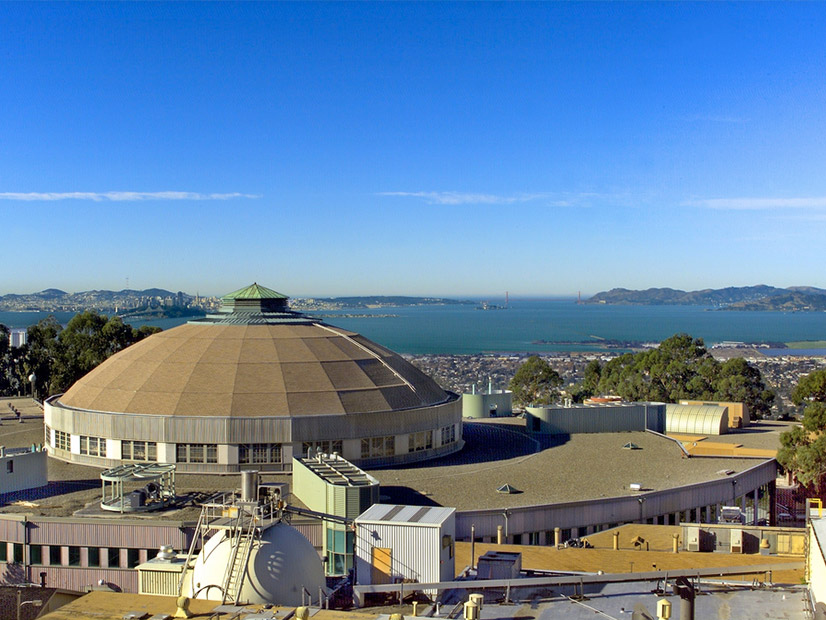The California Energy Commission on Wednesday took a step toward making millions of households part of demand response efforts designed to avoid blackouts and bolster the state’s clean-energy goals.
The CEC approved a $16 million grant to the Lawrence Berkeley National Laboratory to establish the California Flexible Load Research and Deployment Hub, nicknamed CalFlexHub. Its four-year mission is to “develop, demonstrate and deploy multiple demand flexible technologies as electric grid resources,” making the technology more user-friendly and available to average homeowners, the CEC said.
“I’m really pleased to support this,” CEC Chair David Hochschild said. “I think that for a long time, electric load, with the exception of a few industrial demand response programs, was just seen as a fixed, rigid thing that we had to ramp up generation to support. I think a more involved understanding of the realities [shows that] there’s a lot about electric load that can be manipulated in ways that support electric reliability and our climate goals, as well.”
“We’re just getting going on this,” he said. “It’s still really early days.”
The CEC’s plan involves making it easier for homeowners to connect smart appliances — thermostats, heat pumps and water heaters — to the grid to receive signals to curtail consumption in response to high demand, high prices and elevated greenhouse gas emissions. Electric vehicle charging is another target. (See CEC Explores Building Design Role in Decarbonization.)
Under the terms of Senate Bill 100, signed by Gov. Jerry Brown in 2018, the state must supply all retail customers with clean energy by 2045. The result is expected to be a huge increase in solar and wind generation and a decrease in natural gas-fired capacity. Demand response should also play a significant role, the CEC, CAISO and the California Public Utilities Commission have said.
In last summer’s energy emergencies, CAISO and the office of Gov. Gavin Newsom called on industrial users and the U.S. Navy to limit usage during the evening net-peak hours, when solar ramped down but demand remained high because of severe Western heat waves. The efforts limited the blackouts of Aug. 14-15 and avoided additional outages over Labor Day weekend, CAISO said. (See CAISO Provides More Details on Blackouts.)
In recent years, researchers at Lawrence Berkeley National Laboratory have been studying the role that flexible load and demand response could play in ensuring grid stability as the nation transitions to renewable resources.
Mary Ann Piette, a senior scientist and director of the Building Technology and Urban Systems Division at Lawrence Berkeley, told the CEC commissioners that CalFlexHub “will help accelerate the development and deployment of technology … to allow buildings to be better integrated with the electric system for … demand management, dealing with renewable overgeneration, ramping and peak demand issues.”
CEC Commissioner Andrew McAllister said Wednesday that California’s efforts would help “create a new regime” nationally.
A 2019 study by the Brattle Group concluded that by 2030, the U.S. would have up to 200 GW of “cost-effective load flexibility potential.”
“This load flexibility potential, which equates to 20% of estimated U.S. peak load in 2030, would more than triple the existing demand response capability and would be worth more than $15 billion annually in avoided system costs,” Brattle said.
McAllister agreed. “I think the rest of the country is waking up to this fact that grid-connected buildings” and load flexibility will help reduce costs, decarbonize and enhance reliability, he said. “That triumvirate of goals is something that is absolutely in line with load flexibility. We’re going to create a significant body of work over the coming years on this and make it practically applicable in the real world, for real people, to benefit Californians.”
“This is a part of our future,” McAllister said. The electricity grid is “a network, not a one-direction system anymore. It’s a web.”

